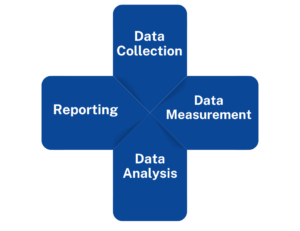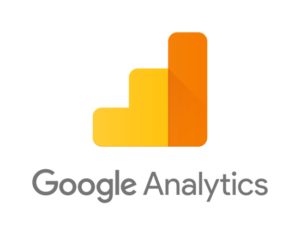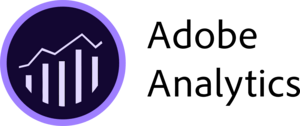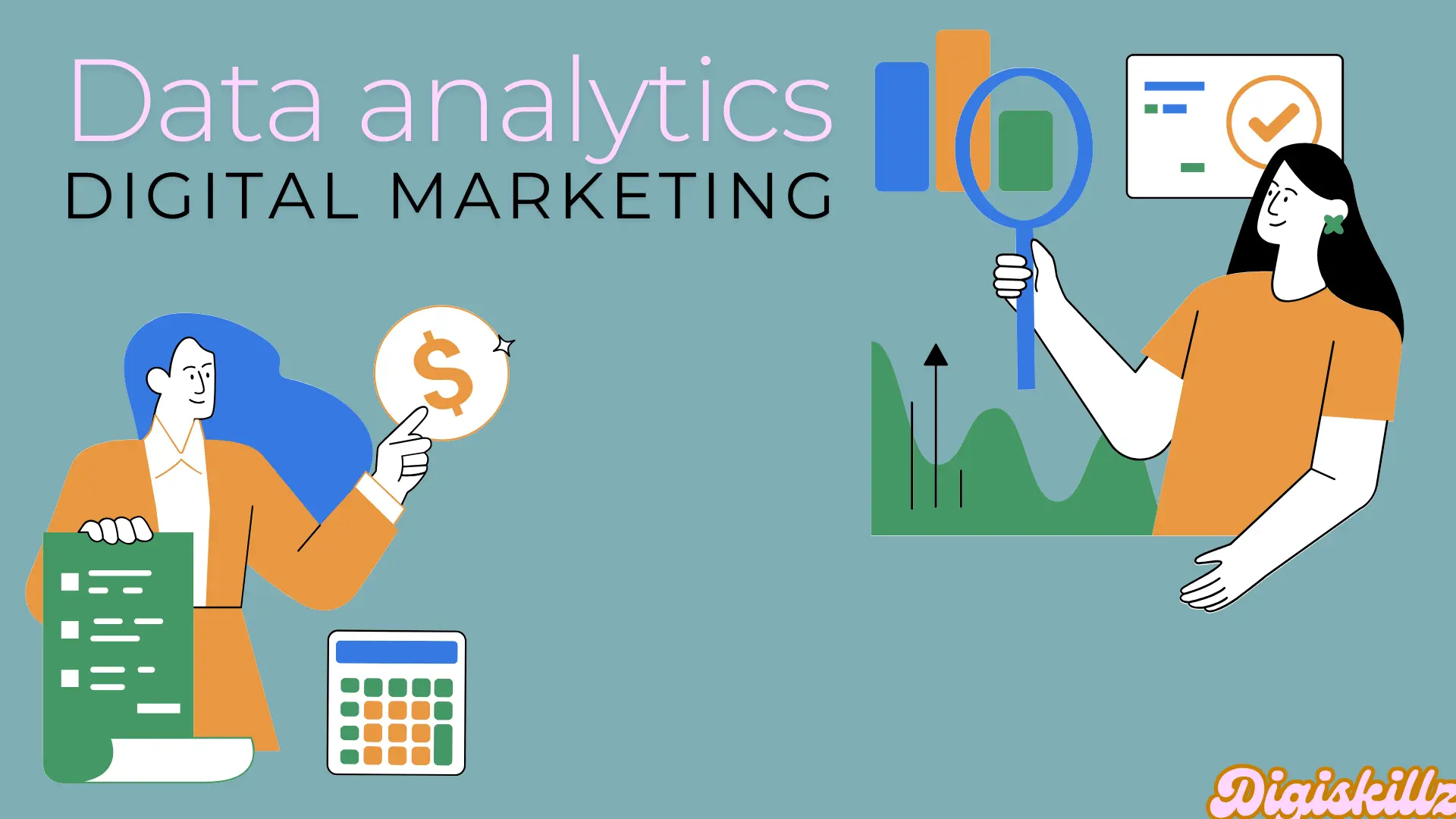In today’s digital landscape, understanding the nuances of digital marketing analytics is crucial for businesses looking to optimize their online presence. Digital marketing analytics involves the collection, measurement, and analysis of data from digital channels to inform marketing strategies. This guide will walk you through the key components of digital marketing analytics, how to measure success, and why it’s essential for your business.
Table of Contents
What is Digital Marketing Analytics?

Digital marketing analytics refers to the process of analyzing data collected from digital marketing efforts to understand the effectiveness of various campaigns and strategies. This data can come from multiple sources, including social media, websites, email marketing, and more. The primary goal of digital marketing analytics is to gain insights into consumer behavior, campaign performance, and overall return on investment (ROI). Understanding these metrics helps businesses make informed decisions, optimize their strategies, and ultimately achieve better results.
The Role of Digital Marketing Analytics in Modern Business
In an era where digital presence is synonymous with brand reputation, digital marketing analytics serves as the backbone of successful marketing strategies. It helps businesses track and analyze every aspect of their online interactions, from website visits to social media engagement. By using data-driven insights, companies can better understand their target audience, tailor their marketing messages, and improve customer satisfaction.
Key Components of Digital Marketing Analytics

Data Collection
The first step in digital marketing analytics is data collection. This involves gathering data from various digital channels, such as website traffic, social media interactions, email open rates, and more. Tools like Google Analytics, SEMrush, and HubSpot are commonly used to collect this data. It’s crucial to ensure that the data collected is accurate and relevant to your marketing goals.
Data Measurement
Once the data is collected, the next step is measurement. This involves tracking key performance indicators (KPIs) such as website traffic, conversion rates, bounce rates, and more. These metrics help in understanding how well your digital marketing efforts are performing. For instance, a high bounce rate might indicate that your website content is not engaging enough, prompting visitors to leave quickly.
Data Analysis
Data analysis is the most critical part of digital marketing analytics. This process involves interpreting the data collected and measured to identify trends, patterns, and insights. For example, if you notice a spike in traffic from a specific social media platform, it may indicate that your content resonates well with users on that platform. Tools like Google Analytics, Tableau, and Adobe Analytics can assist in this process.
4.Reporting
Reporting is an essential component of digital marketing analytics, as it provides a clear picture of your marketing performance. Regular reports help you track progress towards your marketing goals and make data-driven decisions. They should include key metrics, insights, and actionable recommendations for improving future campaigns.
Measuring Success in Digital Marketing Analytics
Measuring success in digital marketing analytics involves tracking specific metrics that align with your business objectives. Below are several standard marketing metrics that should be taken account:

Website Traffic
Website traffic is a fundamental metric that indicates the number of visitors to your site. Analyzing traffic sources (organic, direct, social, referral) can help you understand which channels are driving the most visitors. Additionally, monitoring the time spent on the site and the pages visited can provide insights into user engagement.
Conversion Rate
The conversion rate is a crucial metric that measures the percentage of visitors who complete a desired action, such as making a purchase, signing up for a newsletter, or filling out a contact form. A high conversion rate indicates that your website is effectively encouraging visitors to take action.
Bounce Rate
The bounce rate indicates the proportion of visitors who exit your website after viewing a single page. An elevated bounce rate may imply that there is a need for enhancements in your website’s content or user experience. Reducing the bounce rate can result in increased engagement and improved conversion rates.
Cost Per Acquisition (CPA)
The CPA denotes the costs involved in acquiring a new customer or lead. It is calculated by dividing the total cost of your marketing efforts by the number of conversions. Monitoring CPA helps in optimizing marketing budgets and ensuring that your campaigns are cost-effective.
Return on Investment (ROI)
Return on Investment (ROI) serves as an essential indicator of the profitability associated with your digital marketing initiatives. This metric is determined by deducting the investment costs from the revenue produced, followed by dividing the outcome by the investment costs. A positive ROI signifies that your marketing campaigns are yielding greater revenue than their associated expenses.
Engagement Metrics
Engagement metrics, such as likes, shares, comments, and click-through rates (CTR), are essential for measuring the effectiveness of your content on social media and other platforms. High levels of engagement suggest that your content is connecting with your audience and prompting interaction.
Tools for Digital Marketing Analytics
Several tools can assist in collecting, measuring, and analyzing data for digital marketing analytics:
 Google Analytics is an effective instrument for monitoring website traffic, user interactions, and conversion rates. It provides detailed reports on various metrics, allowing businesses to gain insights into their website’s performance.
Google Analytics is an effective instrument for monitoring website traffic, user interactions, and conversion rates. It provides detailed reports on various metrics, allowing businesses to gain insights into their website’s performance.

SEMrush is an all-in-one digital marketing tool that offers SEO, PPC, and content marketing analytics. It helps in tracking keyword rankings, analyzing competitor strategies, and optimizing marketing campaigns. SEMrush also provides insights into backlink profiles and domain authority, which are crucial for improving search engine rankings and online visibility.

HubSpot offers a comprehensive suite of tools for inbound marketing, including CRM, email marketing, and analytics. It provides insights into customer interactions and helps businesses nurture leads through the sales funnel. HubSpot’s analytics features allow you to track website performance, email open rates, and social media engagement, making it easier to measure the success of your campaigns.

Tableau is a data visualization tool that helps businesses create interactive and shareable dashboards. It is useful for analyzing large datasets and uncovering trends and patterns in marketing data. Tableau’s user-friendly interface allows you to create custom visualizations, helping to communicate complex data insights in an understandable way.

Adobe Analytics provides advanced analytics and reporting capabilities for web and mobile apps. It offers real-time insights into customer behavior and helps businesses optimize their digital experiences. With features like segmentation, attribution modelling, and predictive analytics, Adobe Analytics enables businesses to gain a deeper understanding of their audience and improve marketing ROI.

Kissmetrics focuses on providing insights into user behavior and customer journeys. It helps businesses understand how users interact with their website, where they drop off in the funnel, and what actions lead to conversions. This tool is particularly useful for optimizing user experience and increasing conversion rates.

Hootsuite Analytics offers comprehensive social media analytics, allowing businesses to track performance across multiple social platforms. It offers valuable information regarding engagement metrics, audience demographics, and the performance of posts. Hootsuite’s scheduling and monitoring features also help streamline social media management.
Why Digital Marketing Analytics Matters
Digital marketing analytics is vital for several reasons:
1.Informed Decision-Making
Utilizing data-driven insights empowers businesses to make well-informed decisions regarding their marketing strategies. By analyzing performance metrics, you can identify what’s working and what’s not, allowing you to allocate resources more effectively.
2.Improved Customer Understanding
Digital marketing analytics provides valuable insights into customer behavior and preferences. Utilizing this data can assist you in customizing your marketing communications and promotions to more effectively address the requirements of your specific audience.
3.Optimised Marketing Efforts
By continuously monitoring and analyzing data, businesses can optimize their marketing efforts for better results. This might involve adjusting ad campaigns, refining content strategies, or exploring new marketing channels.
4.Increased ROI
Effective use of digital marketing analytics can lead to increased ROI by ensuring that marketing budgets are spent on strategies that deliver the best results. This helps in maximizing the return on every dollar spent.
Conclusion
In conclusion, digital marketing analytics is an indispensable tool for businesses looking to thrive in the digital age. By collecting, measuring, and analyzing data, you can gain valuable insights into your marketing performance and make data-driven decisions. Whether you’re a small business or a large enterprise, understanding digital marketing analytics is key to measuring success and achieving your marketing goals. Regularly reviewing your analytics allows you to adapt to changing trends, optimize your strategies, and stay ahead of the competition.
By focusing on digital marketing analytics, you can ensure that your marketing efforts are efficient, effective, and aligned with your business objectives. So, start leveraging the power of data today and take your digital marketing to the next level!






Leave A Comment